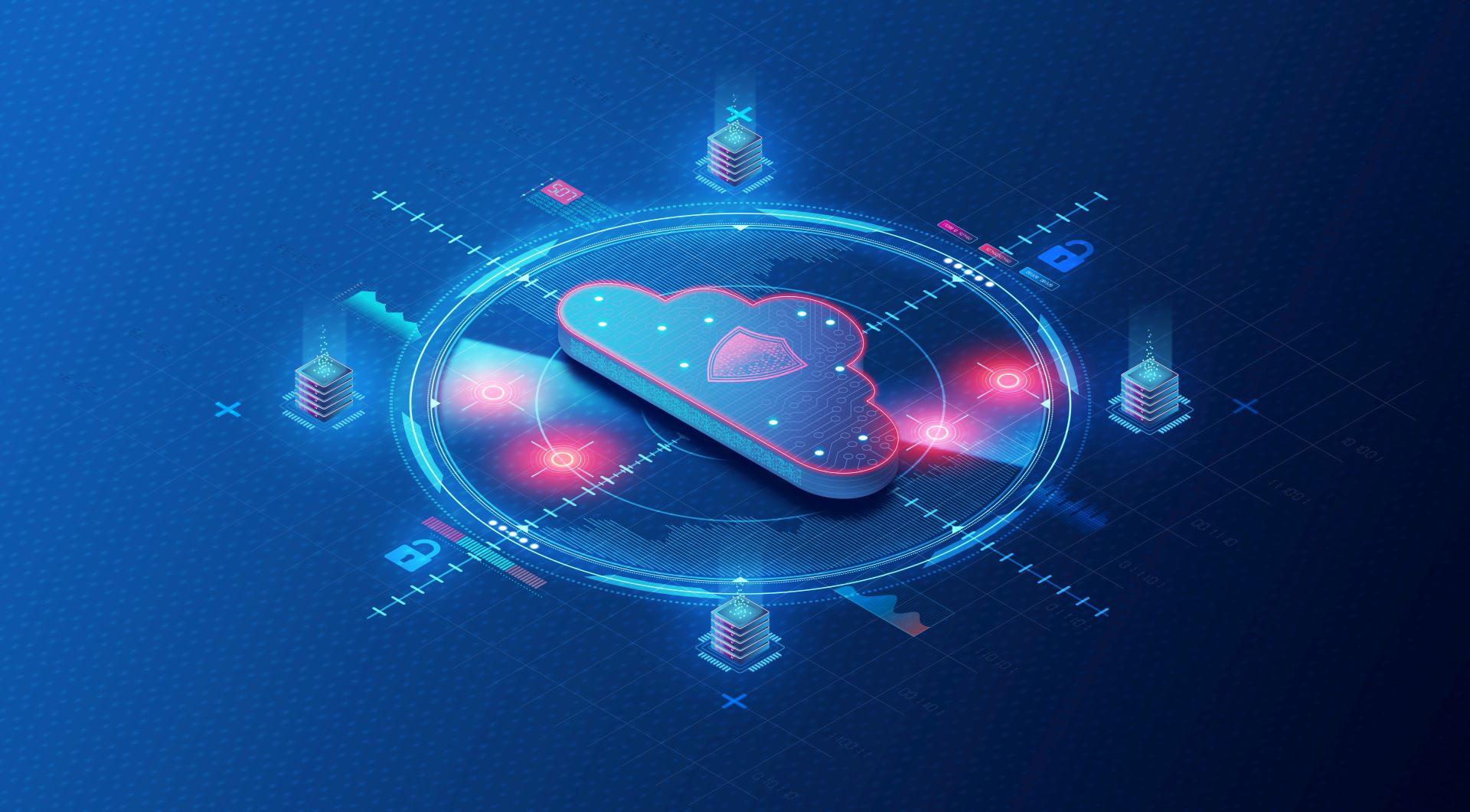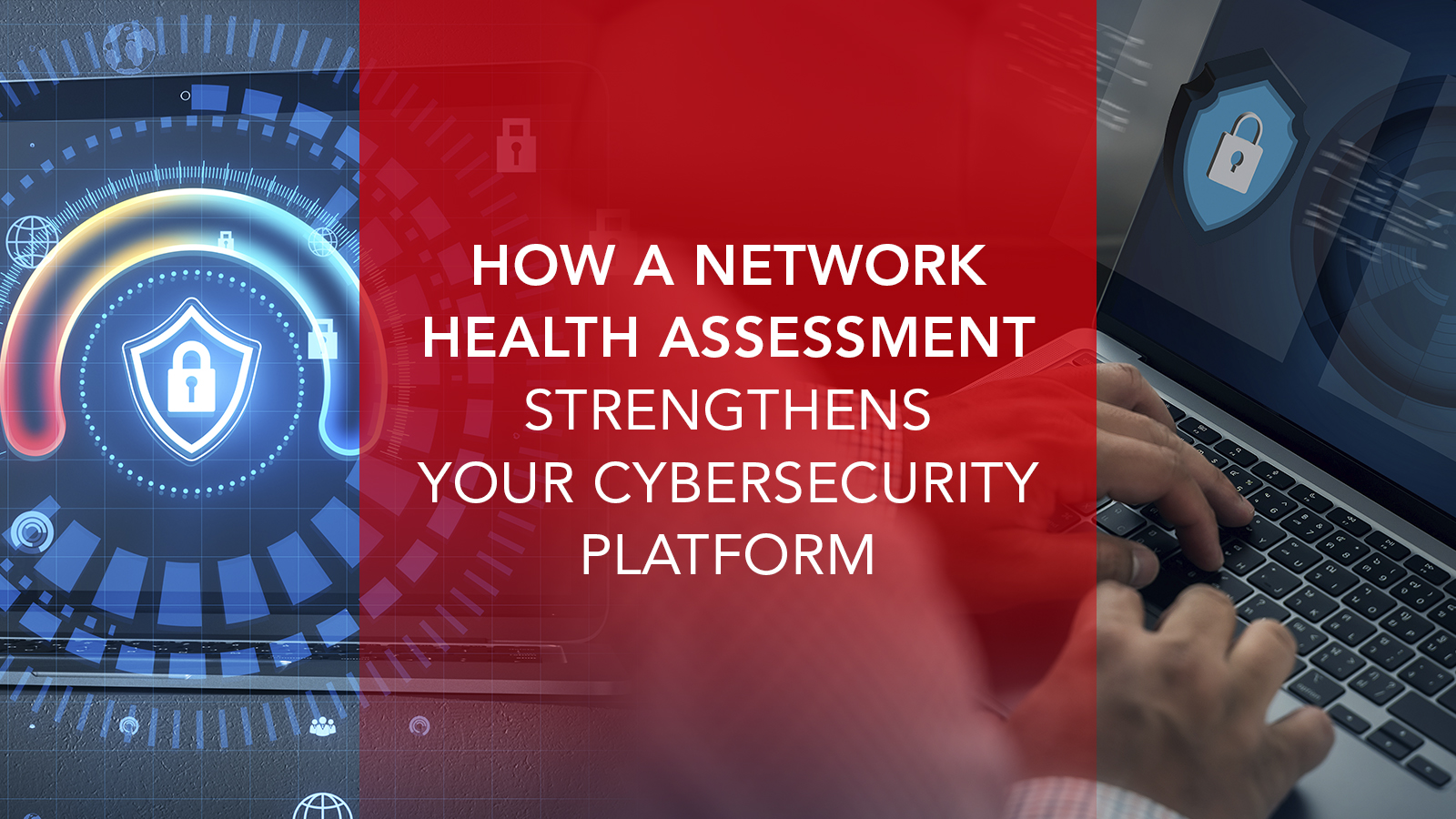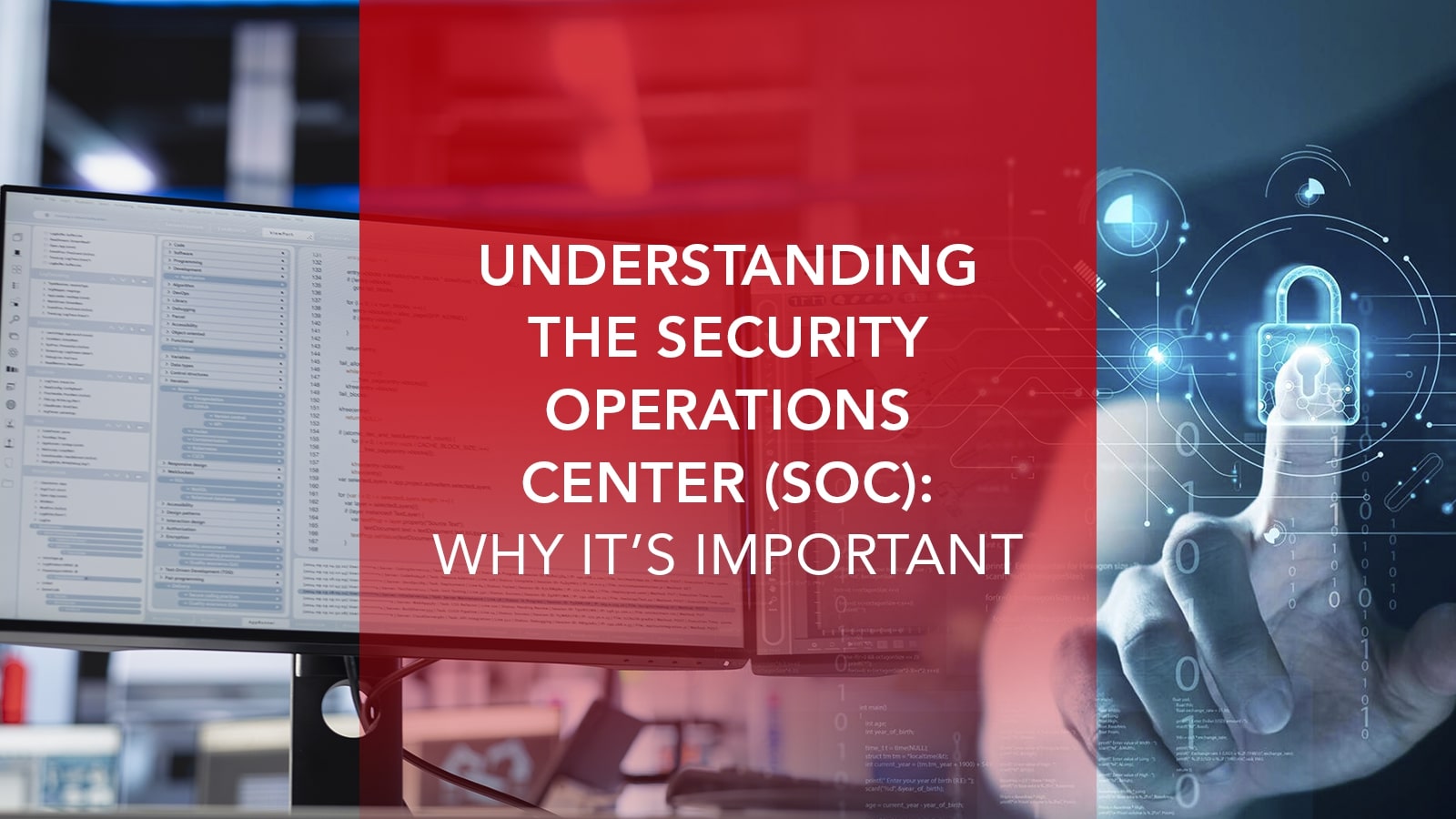Conducting regular network health assessments is a vital part of business continuity and productivity in the modern business environment. Not only do they help you identify weaknesses in your current security stack, but they reveal where “technological” improvements or configuration changes can strengthen your defenses and close performance or visibility gaps. Businesses that skip regular assessments often assume their networks are healthy simply because nothing appears unbroken.
Unfortunately, that assumption is one of the fastest ways to create blind spots for attackers to exploit. When left unchecked, misconfigurations, unpatched systems, and aging devices can quietly erode network integrity and introduce unnecessary risk. Regular assessments don’t just prevent incidents–they ensure that your infrastructure, policies, and controls continue to evolve alongside your business needs. The result is a stronger cybersecurity posture, improved visibility, and a higher degree of operational confidence.
What is a Network Health Assessment?
A network health assessment is a structured review of your IT infrastructure that evaluates the security, performance, and configuration of your environment. It examines everything from router firmware to access control policies, giving you a clear picture of how well your systems align with security best practices. At its core, a network health assessment:
- Reviews the health of your organization’s IT infrastructure, including on-premises and cloud components.
- Evaluates configurations, vulnerabilities, performance metrics, and access controls.
- Aligns network operations with industry security frameworks and compliance standards.
By taking this holistic view, organizations can move beyond reactive fixes and establish a proactive approach to network reliability and protection.
Network vs. Cybersecurity Health Assessments
The terms “network health assessment” and “cybersecurity health check” are often used interchangeably, but they focus on slightly different layers of your digital ecosystem. A network health assessment concentrates on the infrastructure–the routers, firewalls, switches, wireless access points, and other network devices that move and manage traffic. It inspects device configurations, throughput, segmentation, and vulnerabilities to uncover performance bottlenecks and security gaps.
A broader cybersecurity health check, on the other hand, extends the lens to include endpoint security posture, user identity management, and hybrid cloud environments. Together, these assessments form a complete picture of your overall security maturity, but the network layer is the foundation on which everything else depends.

Key Components of a Network Health Assessment
A thorough network health assessment goes beyond a surface-level scan. It systematically analyzes core areas of your infrastructure to uncover vulnerabilities, performance issues, and misalignments with best practices. Below are the essential components every assessment should include:
Asset Inventory and Visibility
The first step in securing and optimizing a network is knowing what’s on it. A complete asset inventory identifies all connected devices–servers, endpoints, IoT systems, switches, and firewalls–and maps them for visibility.
- Reveals unmanaged assets and network devices
- Enables shadow IT detection to uncover unapproved systems and hidden risks
- Ensures full visibility across physical and virtual networks
Without this baseline, even the best vulnerability scanning tools can miss hidden entry points that attackers could exploit. Combined with a network vulnerability assessment, this visibility forms the foundation of a secure and well-managed environment. It’s the first step toward eliminating blind spots and improving organizational control.
Patch Status and Firmware Review
Many breaches stem from unpatched software or outdated firmware. This review evaluates your patch management process and identifies systems that have fallen behind on updates.
- Confirms OS, application, and firmware versions
- Flags unsupported or end-of-life equipment
- Strengthens operational risk management by reducing exposure
By staying current, your organization minimizes exploitable vulnerabilities before they can become weaponized. Consistent patching translates directly into fewer incidents and more stable network operations.
Firewall Rule Analysis
Firewalls are a cornerstone of any network defense, but over time, they can accumulate redundant, overly permissive, or conflicting rules. A firewall configuration review ensures your perimeter is as strong as your policies intend them to be.
- Detects misconfigurations and unnecessary open ports
- Removes outdated or overlapping rules
- Validates alignment with security policies and compliance requirements
This not only improves protection, but can also boost throughput by eliminating inefficient or conflicting rules. Maintaining a clean rule base enhances both performance and security posture simultaneously.
Configuration Drift Detection
Even small changes over time can cause configuration drift–where systems deviate from their original secure baselines. Detecting and correcting drift is essential for maintaining compliance and preventing performance degradation.
- Identifies inconsistencies across routers, switches, servers, and other network devices
- Highlights unauthorized changes that may indicate compromise
- Supports compliance readiness by ensuring configurations meet regulatory standards and promotes disciplined change management across your environment
In regulated industries, configuration drift monitoring is often a requirement for audit readiness. Detecting drift early helps prevent subtle issues from snowballing into systemic issues.
Access Control Review (Least Privilege and Segmentation)
Access control is where security design meets human behavior. This review checks how permissions and network segments are applied across your environment.
- Validates adherence to the principle of least privilege (PoLP)
- Reviews segmentation and VLAN design for isolation
- Helps reduce lateral movement within the network
When properly configured, access control policies ensure that a single compromised account doesn’t expose the rest of the network. The result is a tighter, more resilient internal security model.
Network Performance and Bandwidth Usage
Performance is inseparable from security. Poorly performing networks often mask underlying issues. Bandwidth and latency monitoring provide insights into usage patterns, bottlenecks and potential abuse.
- Monitors packet loss, latency, and throughput
- Identifies misconfigured QoS policies
- Supports network performance optimization for business-critical applications
This performance visibility keeps operations smooth and prevents small inefficiencies from snowballing into major disruptions. Reliable performance data also enhances planning for future scalability.
Cloud and Hybrid Environment Integrations
As organizations adopt hybrid and multi-cloud architecture, the boundaries of the traditional network have expanded. A hybrid cloud security assessment ensures that connectivity between environments remains secure and efficient.
- Evaluates VPNs, tunnels, and encryption practices
- Checks consistency of endpoint protection across cloud workloads
- Reviews Identity and Access Management (IAM) and policy synchronization between on-prem and cloud platforms
This helps prevent cloud misconfigurations and reduces exposure from inconsistent identity or access policies. Ensuring uniform controls across all environments supports both agility and compliance.

External Exposure and Vulnerability Scanning
The most visible part of your attack surface is what’s exposed to the internet. This portion of the assessment focuses on identifying and testing those exposures.
- Runs vulnerability scanning tools to detect outdated services or protocols
- Flags unsecured ports, weak encryption, or unnecessary public endpoints
- Provides an attack surface analysis as well as external threat visibility
Combined with internal testing, this process helps pinpoint both direct and lateral risks to your network. It also serves as a targeted network vulnerability assessment, giving you a detailed view of potential vectors before a threat actor can act on them.
When to Conduct a Network Health Assessment
Knowing when to perform an assessment is as important as how it’s done. Some organizations only assess after an incident–but proactive scheduling prevents those incidents in the first place. Common triggers include:
- After mergers, acquisitions, or periods of rapid growth
- Following a security breach or significant incident
- During compliance readiness cycles (PCI DSS, HIPAA, SOC2, etc.)
- When adopting a new platform like SIEM, XDR, or EDR
- Annually or semi-annually as a proactive best practice
Each assessment provides a baseline for tracking progress and ensuring long-term security improvement.
How VirtualArmour Delivers a Network Health Assessment
VirtualArmour takes a holistic approach that goes beyond technical scans. Our assessments blend automated analysis with human expertise to evaluate not just hardware and software, but also the policies and practices governing them. Key elements of our approach include:
- Comprehensive IT infrastructure assessment that covers both on-prem and hybrid cloud environments
- Detailed reports highlighting prioritized action items and remediation plans
- Alignment with frameworks such as NIST, CIS, and ISO 27001 for compliance readiness
- Integration with our Managed Security Service Provider (MSSP) platform for continuous visibility and improvement
Because no two environments are the same, VirtualArmour tailors each assessment to your organization’s operational goals and risk appetite. Our experts help interpret findings in a business context–translating technical results into actionable security and performance outcomes. From firewall configuration review to attack surface analysis, every insight is linked to practical steps that enhance resilience. For organizations seeking ongoing protection, VirtualArmour can integrate assessment outcomes directly into managed services, ensuring improvements are implemented and maintained over time.
Turn Insights into Action
A single assessment provides immense value–but the real impact comes from what happens afterward. Turning assessment results into a living roadmap ensures that your security stack evolves alongside your business and threat landscape. To make the most of your assessment results:
- Prioritize fixes based on criticality and business impact
- Address misconfigurations immediately to reduce exposure
- Revisit access control policies to tighten least privilege boundaries
- Implement network segmentation best practices to contain potential breaches and lateral movement
- Track improvements over time with configuration drift monitoring and ongoing scans
VirtualArmour’s team can guide you through these steps, helping transform static reports into measurable progress. Whether it’s reinforcing endpoint security posture, optimizing network performance, or improving incident response planning, every enhancement contributes to a stronger and more agile defense posture. Regular assessments are no longer optional–they’re foundational to modern cybersecurity. A comprehensive network health assessment strengthens not just your technical defenses, but your overall operational resilience. By identifying gaps, validating controls, and aligning your infrastructure with best practices, you safeguard your business against both known and emerging threats.
VirtualArmour can help you move from reactive to resilient. Schedule a network health assessment today and turn that visibility into action.





